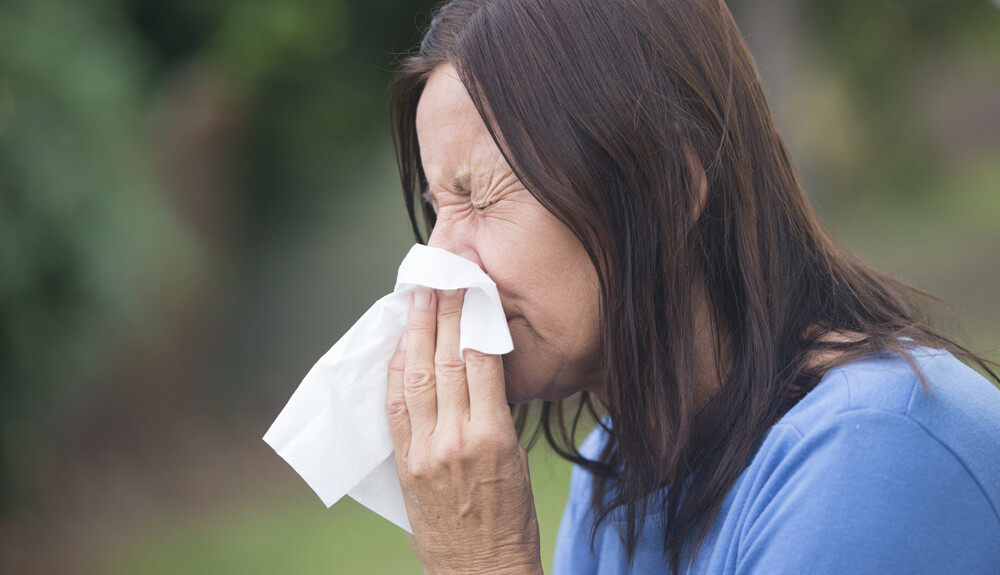Pollen allergy is one of the most common upper respiratory diseases. One fifth (20%) of the population is confirmed affected. Experts say that more people are likely to suffer from the symptoms, with up to one in three people affected.
Pollen allergy is an overreaction of the immune system to exposure to certain plant pollen. If pollen gets on your skin, the mucous membranes of your eyes – nose – throat or you inhale it, your immune system reacts. In the case of allergies, this defensive reaction is overactive. Large amounts of inflammatory substances are released, such as histamine.
Pollen Allergy Symptoms
These dilate the blood vessels, swelling (“inflaming”) the mucous membranes of the nose and eyes, resulting in a range of unpleasant symptoms:
- eye itching, watering, “reddening”
- eyelid swelling
- tingling and itching
- sneezing, which may occur in fits lasting up to minutes
- conjunctivitis
- throat, pharynx and mouth itching
- dry cough
- feeling faint, listless, unwell
- limb pain
Pollen allergy causes symptoms as long as the plant is in flower and its pollen is blown by the wind. Outside the flowering season, the symptoms disappear on their own.
Pollen Allergy – almost all year round
Every plant has a flowering and pollen-emitting season, which usually lasts for a month or two. Outside the winter period, there is practically always “something in the air”. Around forty species of grasses and trees can make life miserable for allergy sufferers.
The weather has a significant impact on the concentration of airborne pollen. It is much higher in dry, hot weather and much lower on cool, rainy days.
Prevention possibilities
If you’ve been to the seaside, you’ve experienced that the hay fever you had at home suddenly “disappeared”. It all happens unnoticed! Within 2-3 days, your symptoms will be significantly reduced or eliminated, even though you did nothing but breathe in the salty sea air.
The beneficial effects of salt air have been known for thousands of years. Today, salt therapy devices are made so you can enjoy the healing benefits at home.
The aim of salt therapy is to inhale microscopic salt particles, which adhere to the mucous membrane as they enter your airways. They help clear the airways, neutralise allergens and kill pathogens. This reduces symptoms.
Beginning treatment while pollen is still free can help prevent symptoms. Even if they do, they will be milder than usual. You’ll be less embarrassed and you’ll need fewer medicines, nose drops and tissues.
Salt therapy
Salt therapy provides protection against allergens. The longer you are in the salt air, the stronger the effect. Therefore, it is advisable to use the salt therapy device at night in the bedroom or home office during the day.
One of the most effective such devices is the SaltDome salt therapy device. It uses ultrasonic atomization to create microscopic salt particles that are blown out in uniform concentrations.
[message title=”SaltDome Salt Therapy Device” title_color=”#ffffff” title_bg=”#1e73be” title_icon=”” content_color=”#000000″ content_bg=”#ededed” id=””]
- ultrasonic atomization
- 1, 3, 6 hours or continuous operation
- particles of salt smaller than 5 microns
- two-stage vapour production
- colour therapy
- for home and work use
You can use it to treat pollen allergy symptoms while you sleep. By starting treatments early, you can prevent the onset of symptoms. It’s worth it!
